- 8777701917
- info@saikatinfotech.com
- Basirhat W.B
The network range of a Reliance Jio tower primarily depends on the technology used (e.g., 4G, 5G), tower height, frequency bands, and topography (the landscape of the area). Here’s a breakdown of the factors that influence the maximum range of a Jio tower:
Note: Reliance Jio has started rolling out 5G services in India, using both sub-6 GHz (for broader coverage) and mmWave (for higher speeds but shorter range) frequencies.
The height of the tower plays a significant role in extending the network coverage area. A higher tower can reduce line-of-sight issues, improve coverage, and reduce signal interference from buildings or natural obstacles.
The highest network range of a Reliance Jio tower can extend up to 30-40 km in rural areas for 4G LTE coverage. For 5G, the range is typically shorter, with sub-6 GHz covering 10-20 km and mmWave having a range of 1-2 km in urban areas.
The actual network range will depend on a combination of technology, frequency bands, tower height, and environmental factors.


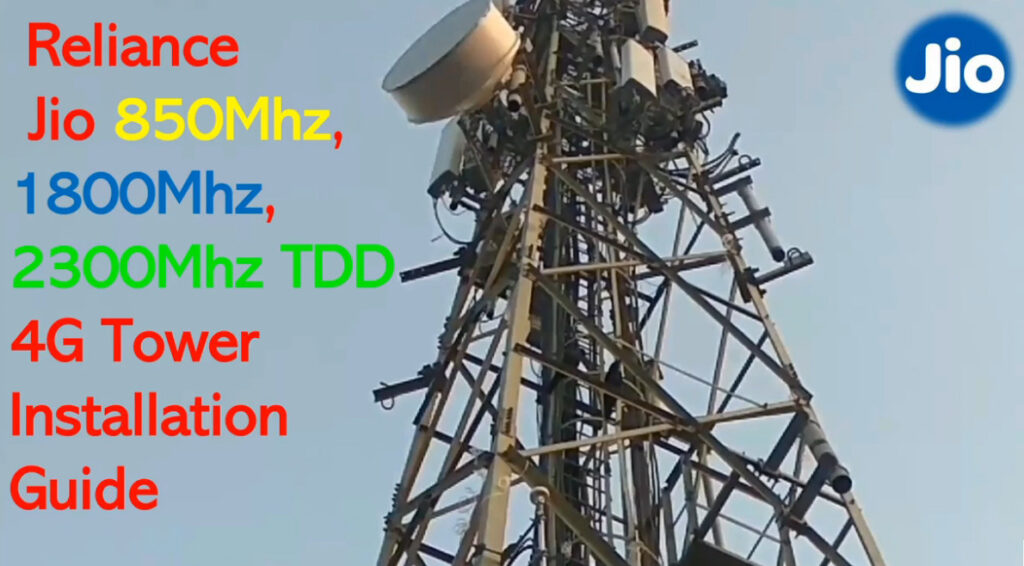







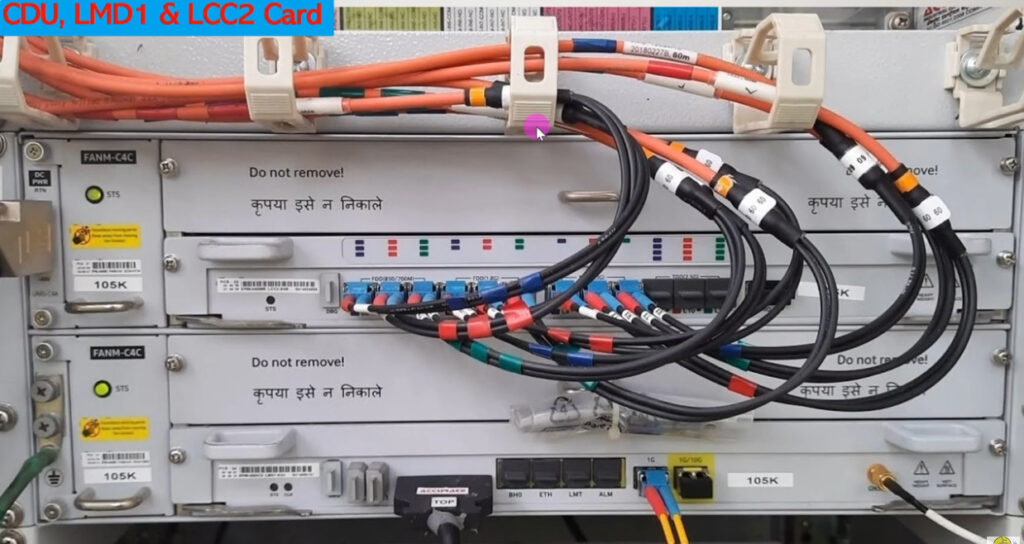
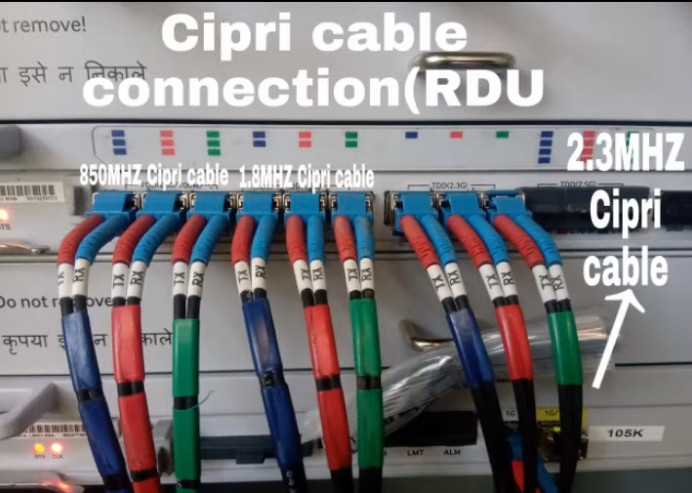
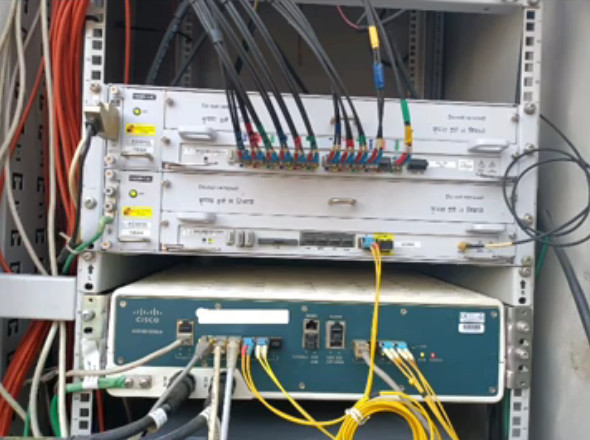



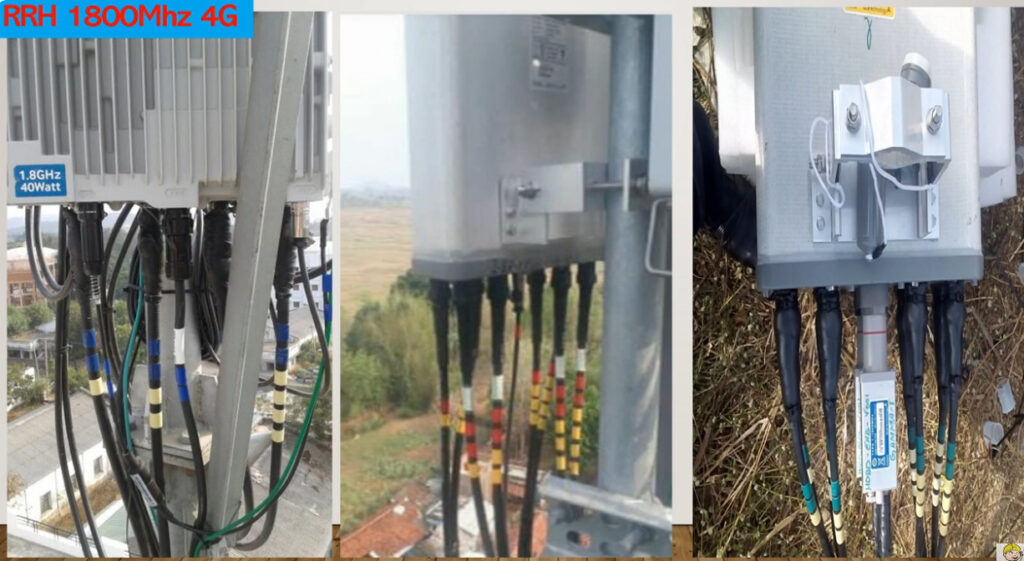



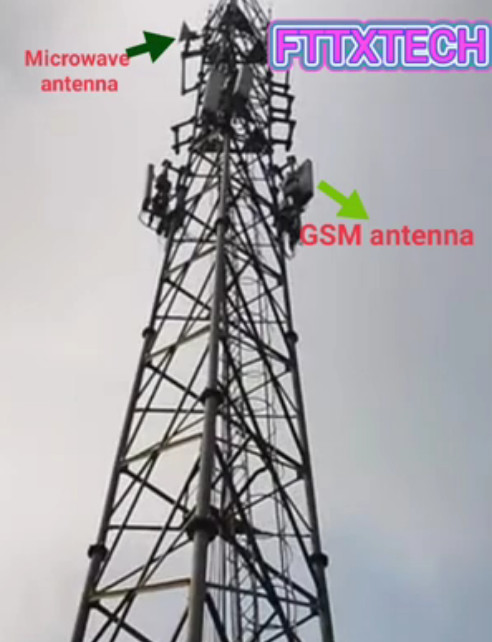
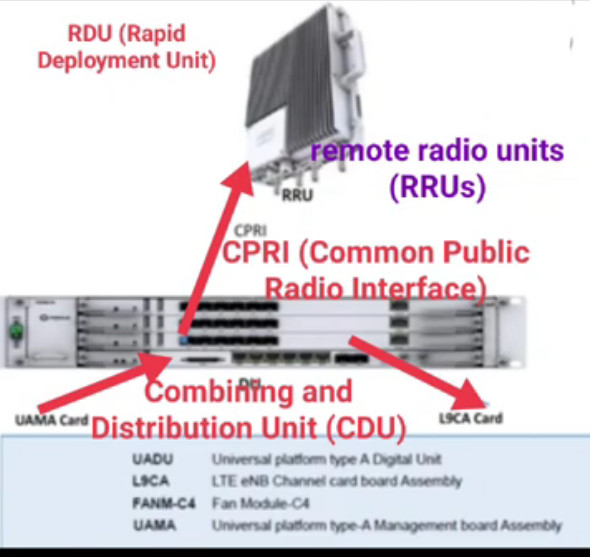

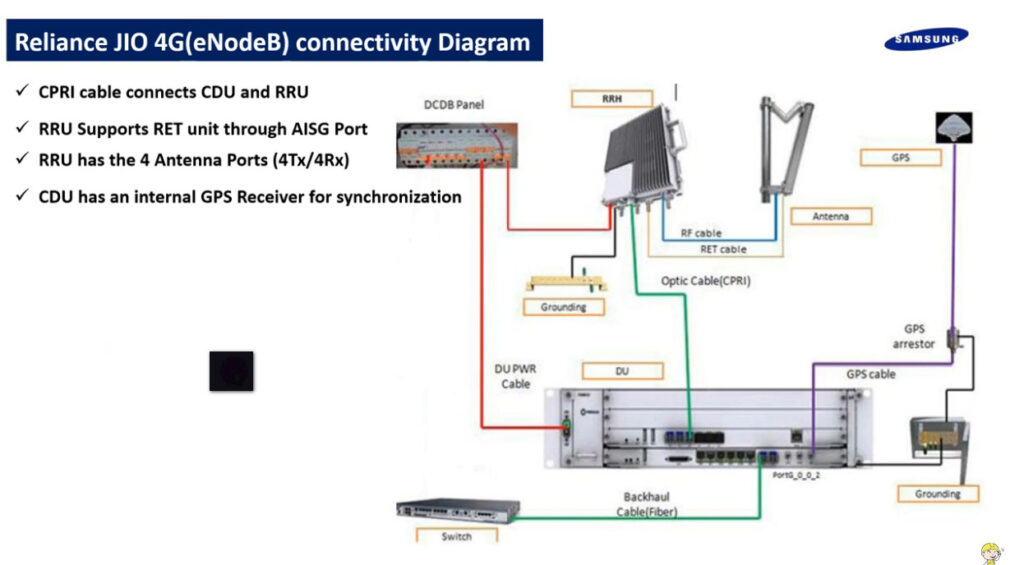








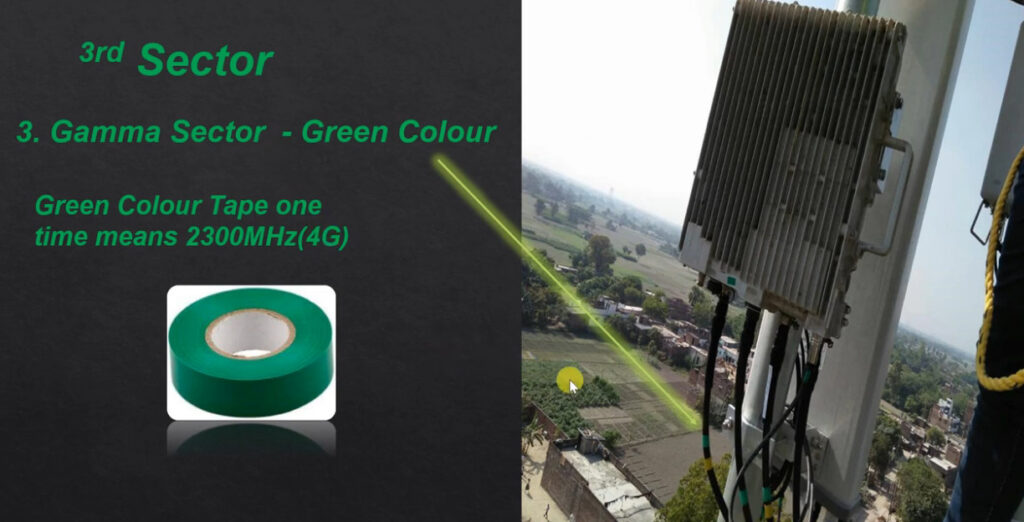

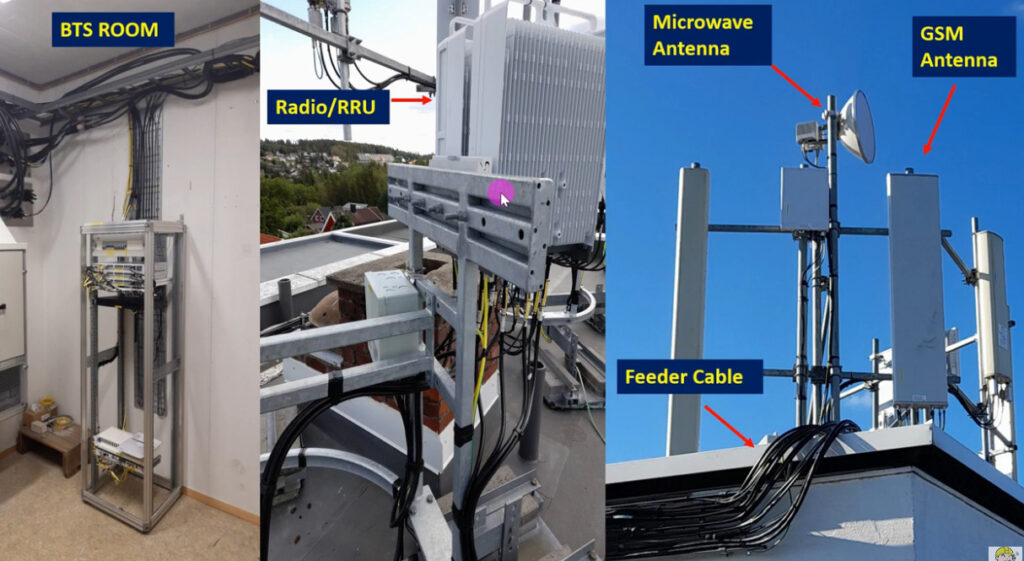
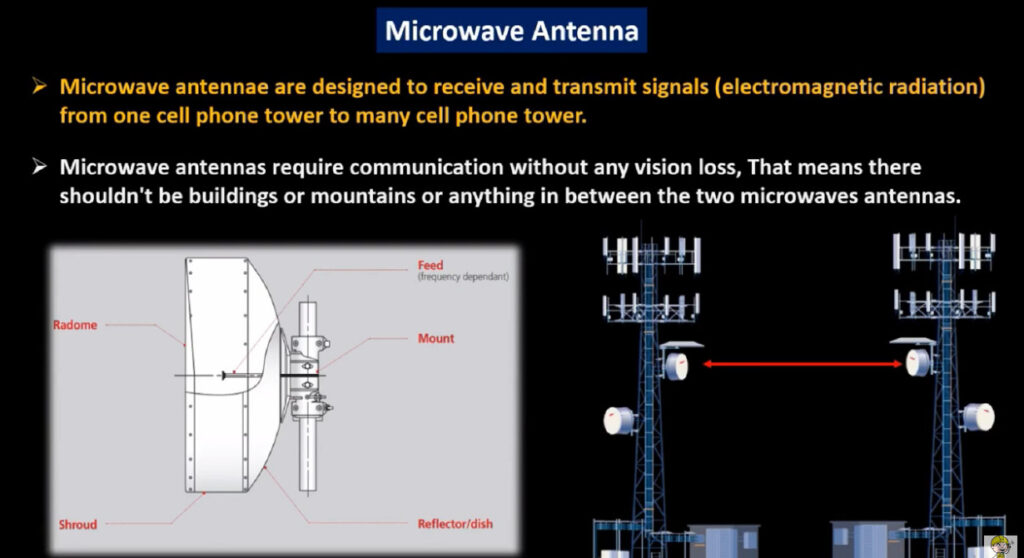




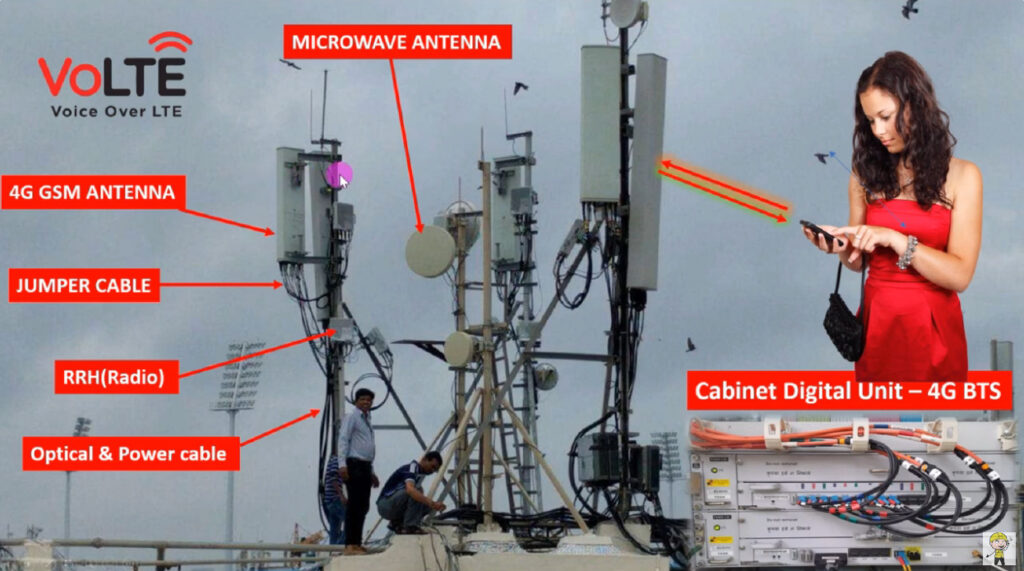

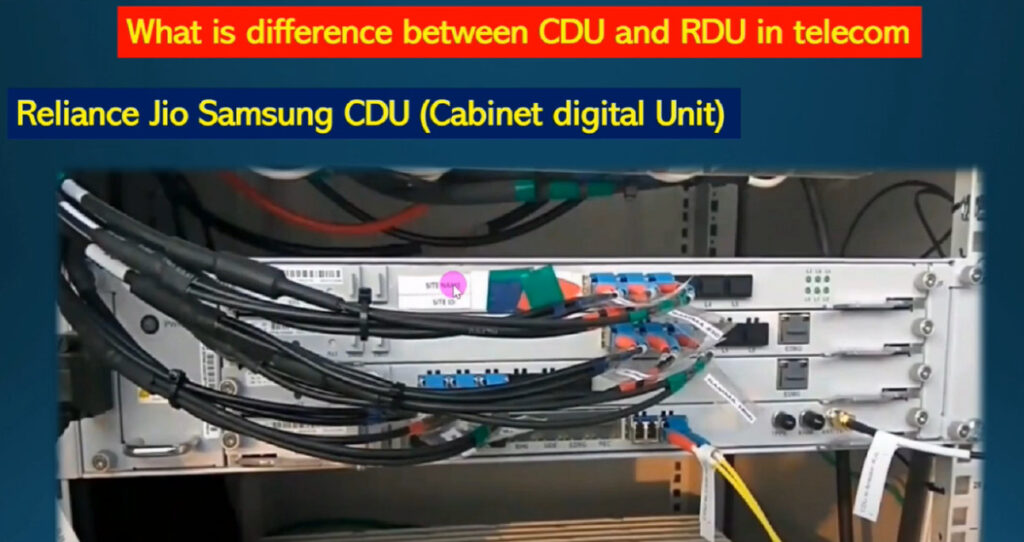
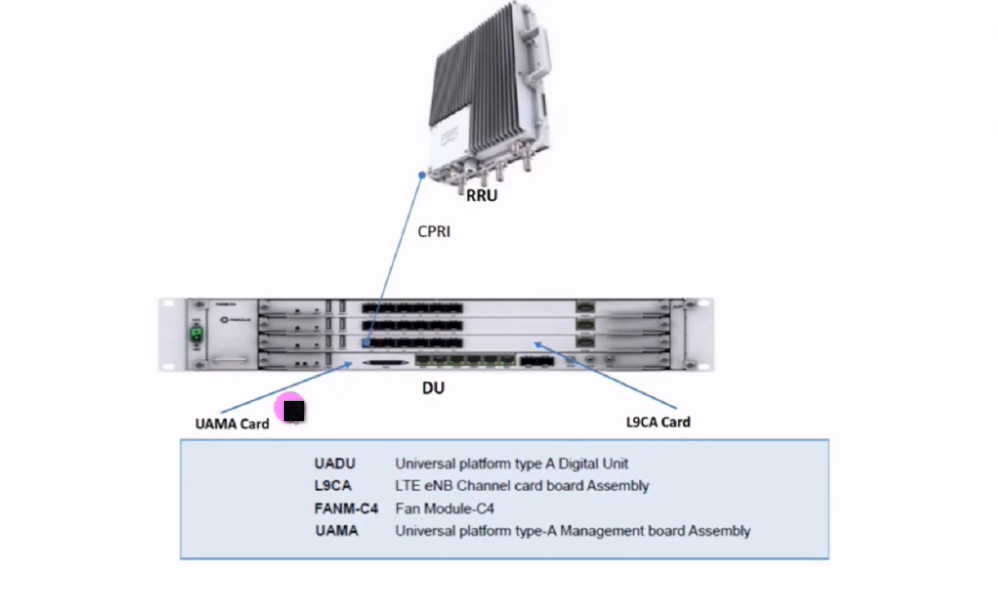

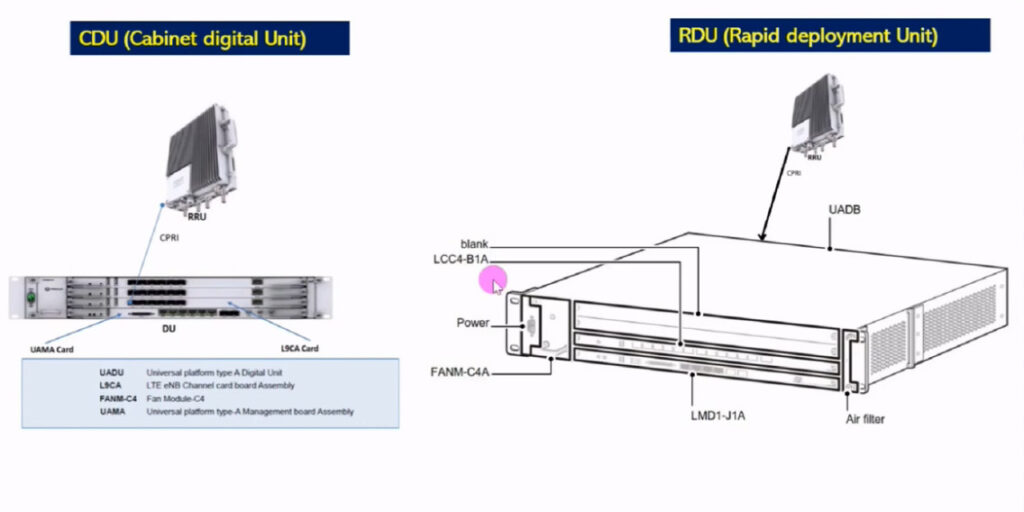

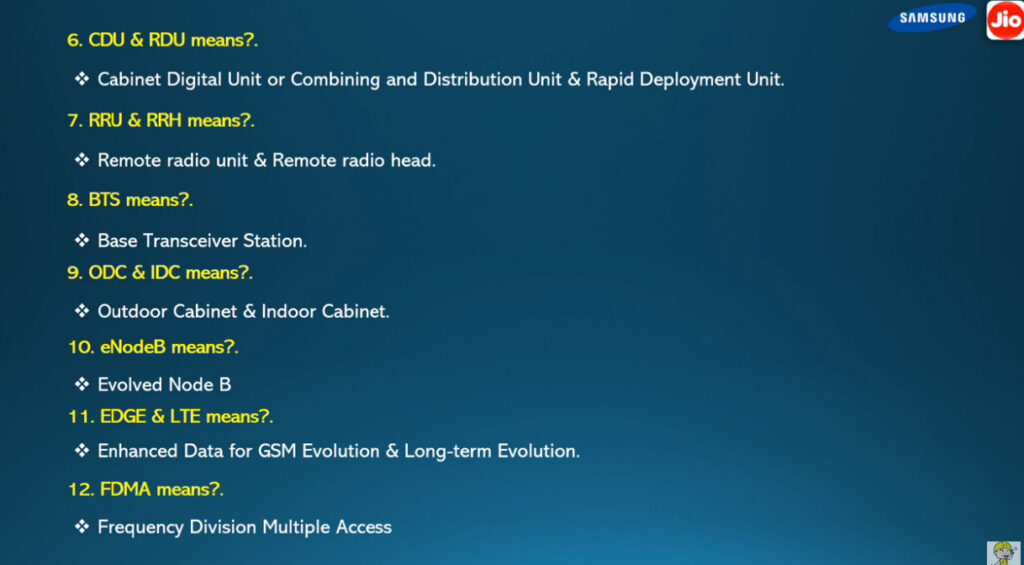

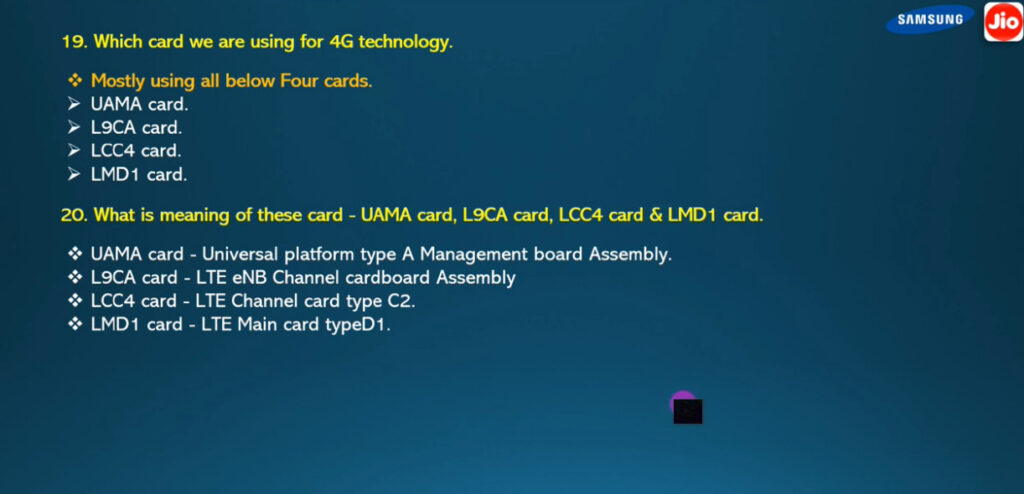

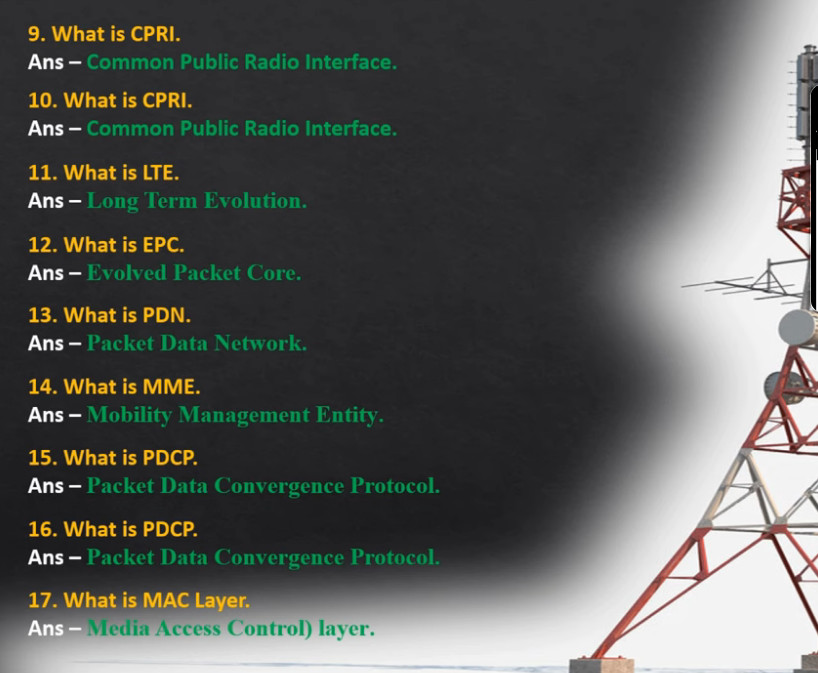




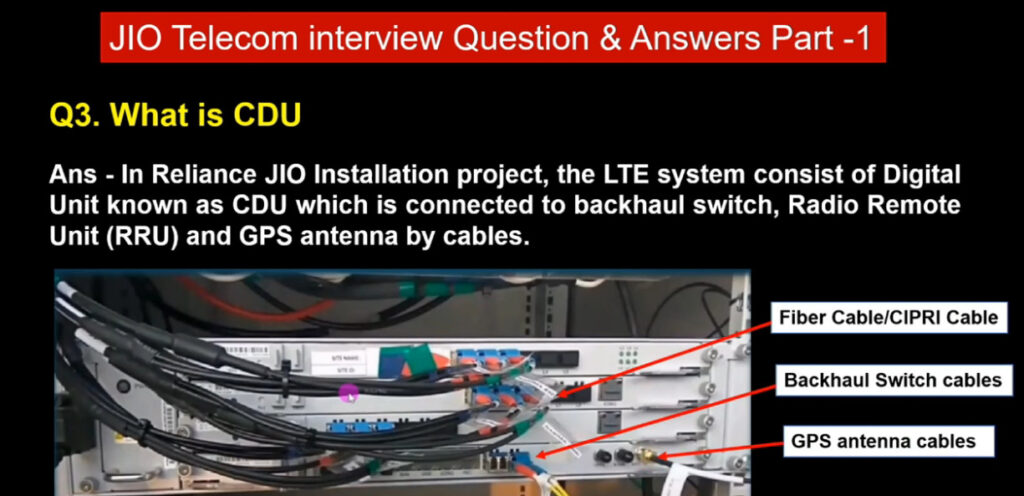
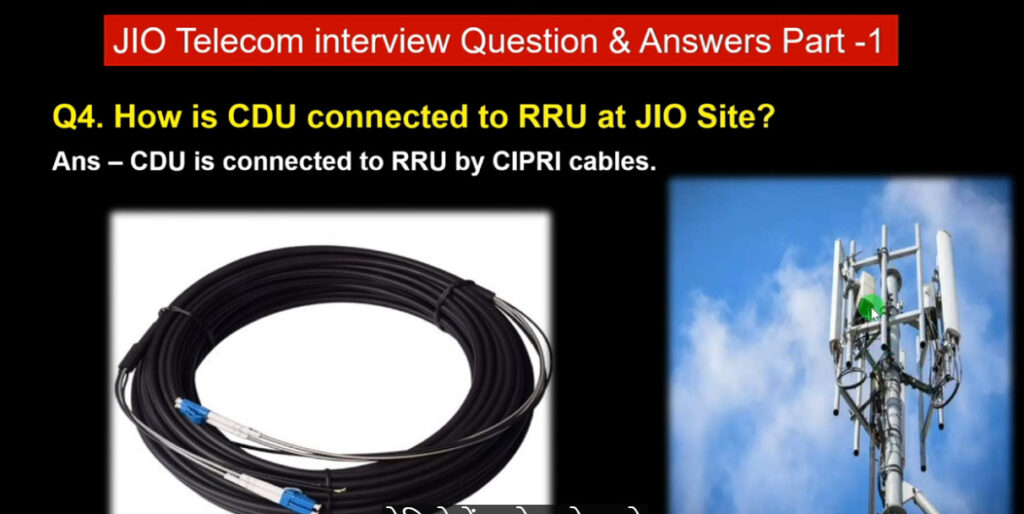

Reliance Jio is one of the largest telecom service providers in India, offering a wide range of mobile communication services, including 4G and 5G network coverage, internet services, and digital platforms. Below is a comprehensive overview of Reliance Jio, covering its history, services, technologies, network, and key aspects:
Jio offers a wide range of services beyond traditional telecom services, including:
Reliance Jio is known for offering affordable data and voice plans, making it one of the most cost-effective telecom providers in the world. The key pricing categories are:
Reliance Jio has made significant investments in digital platforms, which have helped the company diversify its business model. Some of its key investments and initiatives include:
Reliance Jio has become a dominant player in India’s telecom and digital services market, offering cutting-edge 4G and 5G technologies, affordable data and voice plans, and a wide range of digital services. Through strategic investments in Jio Platforms, partnerships with global tech companies, and a focus on digital inclusion, Jio is well-positioned for future growth and innovation in India’s rapidly evolving digital landscape.